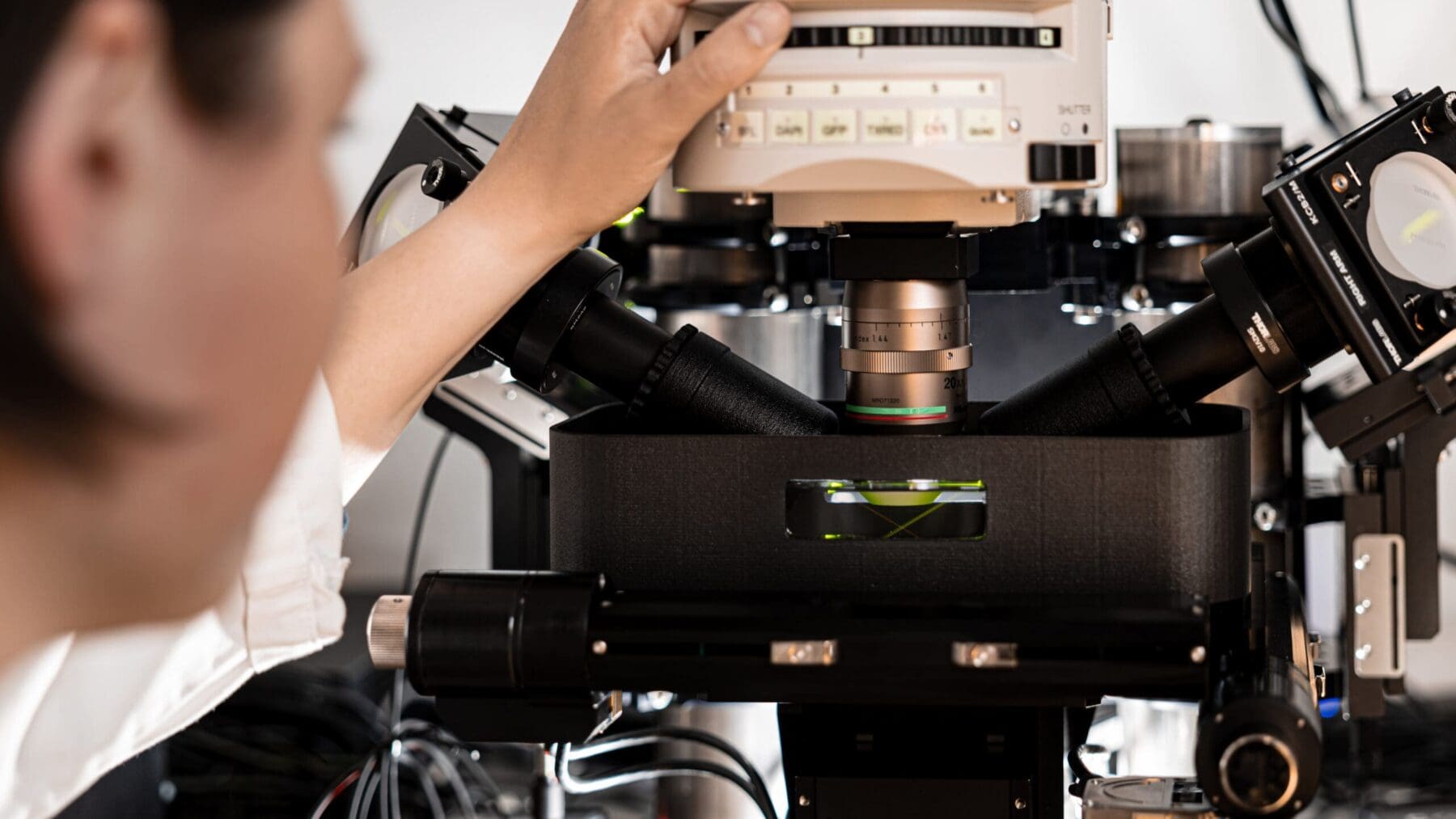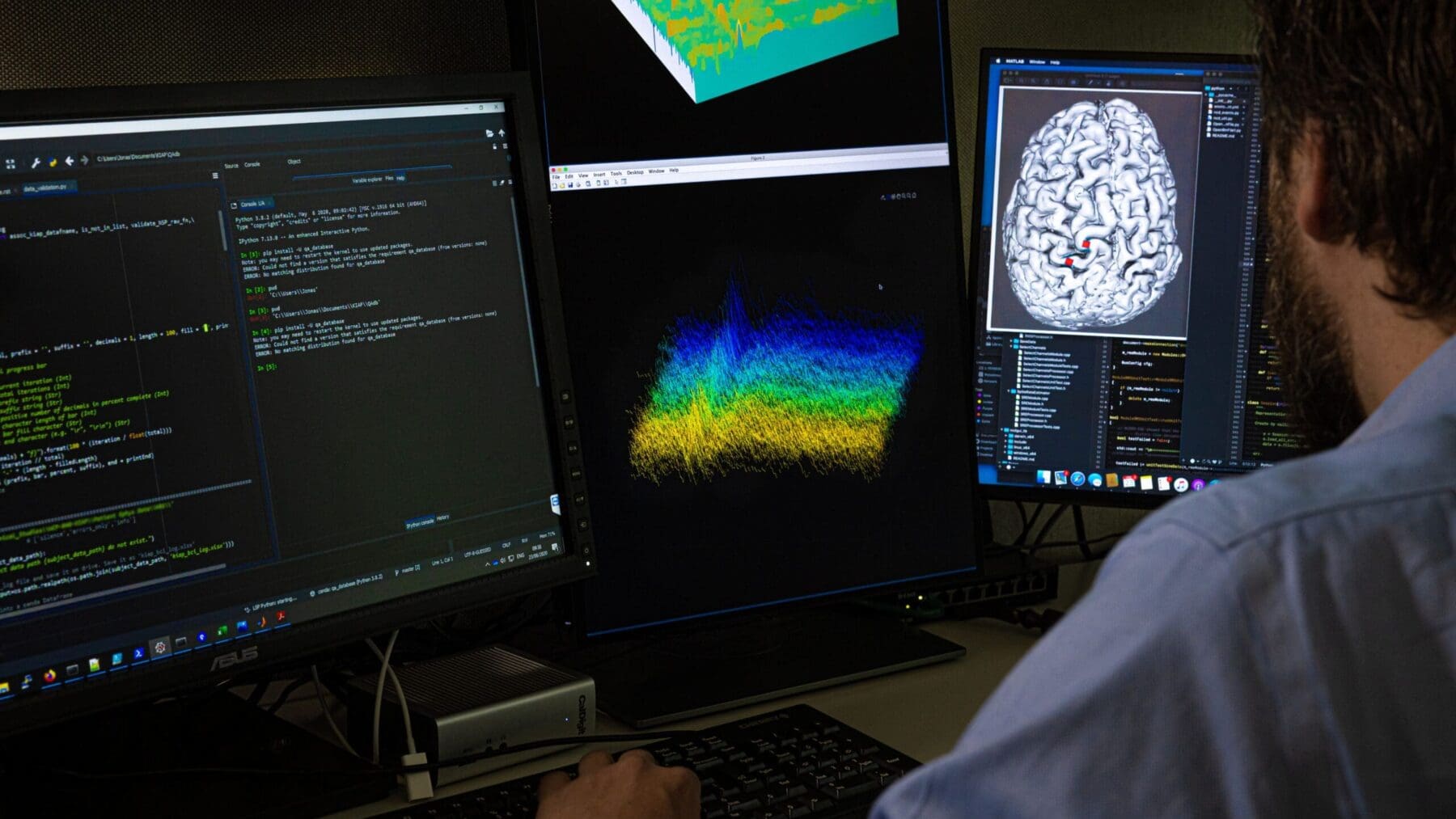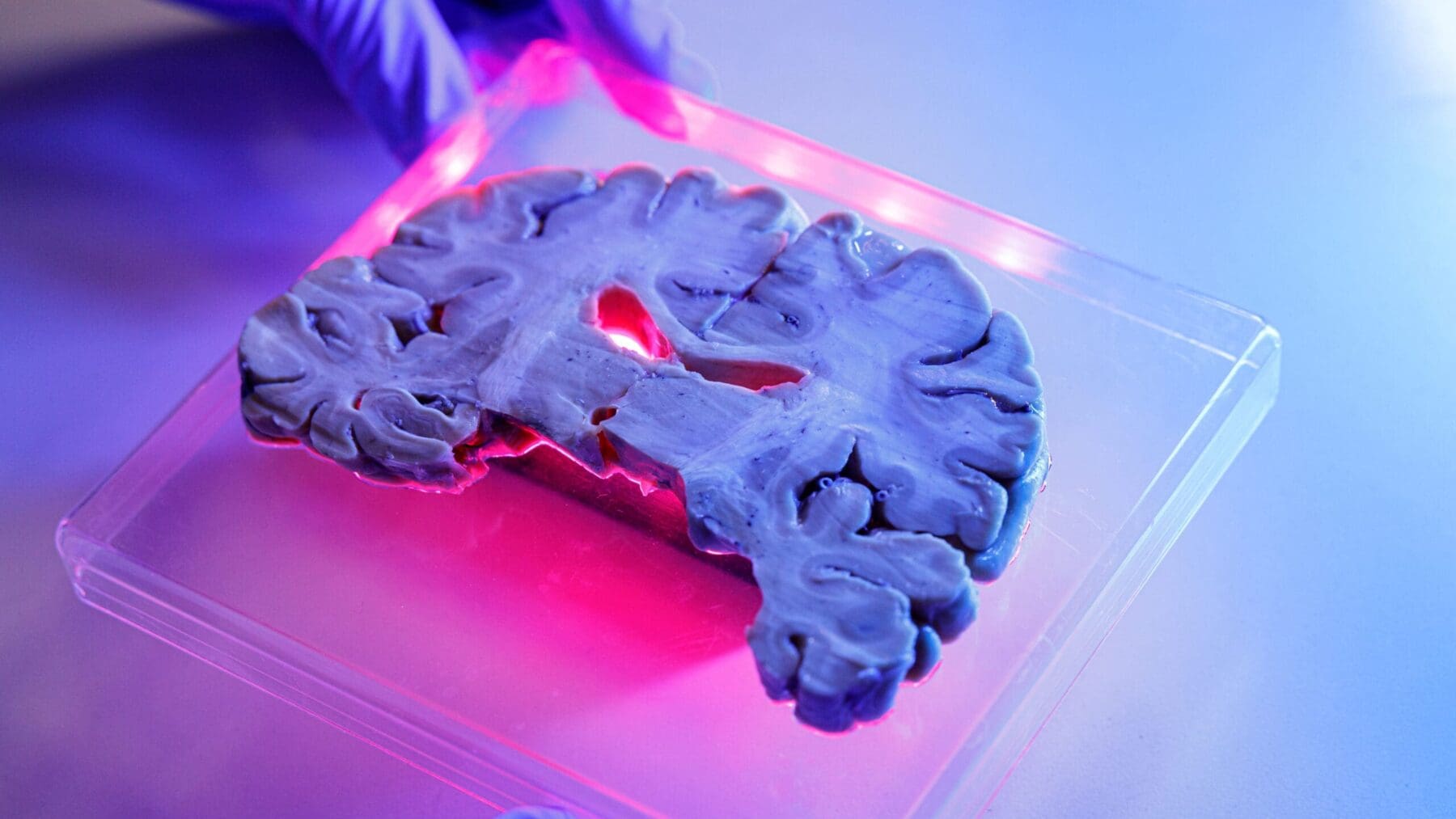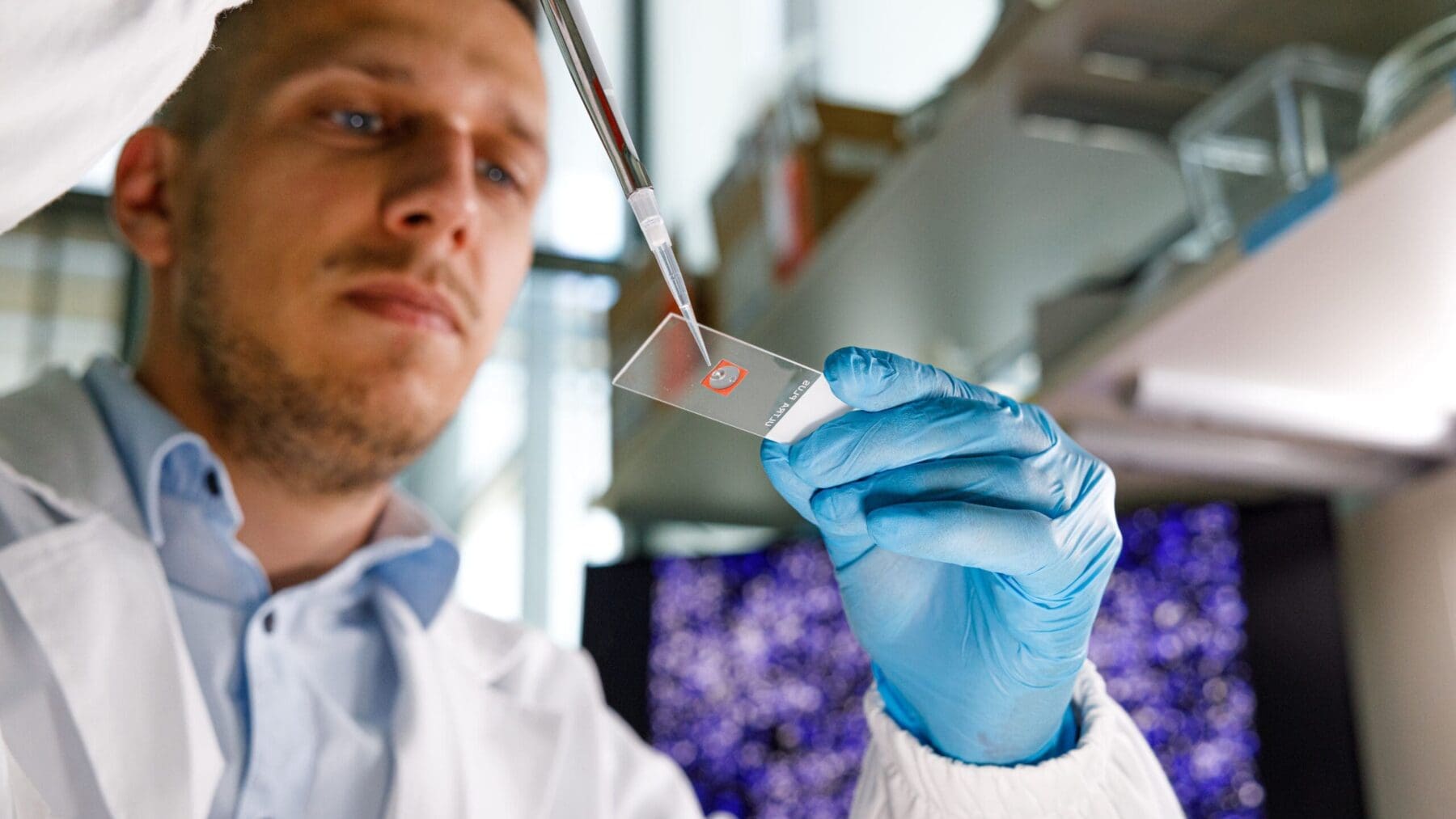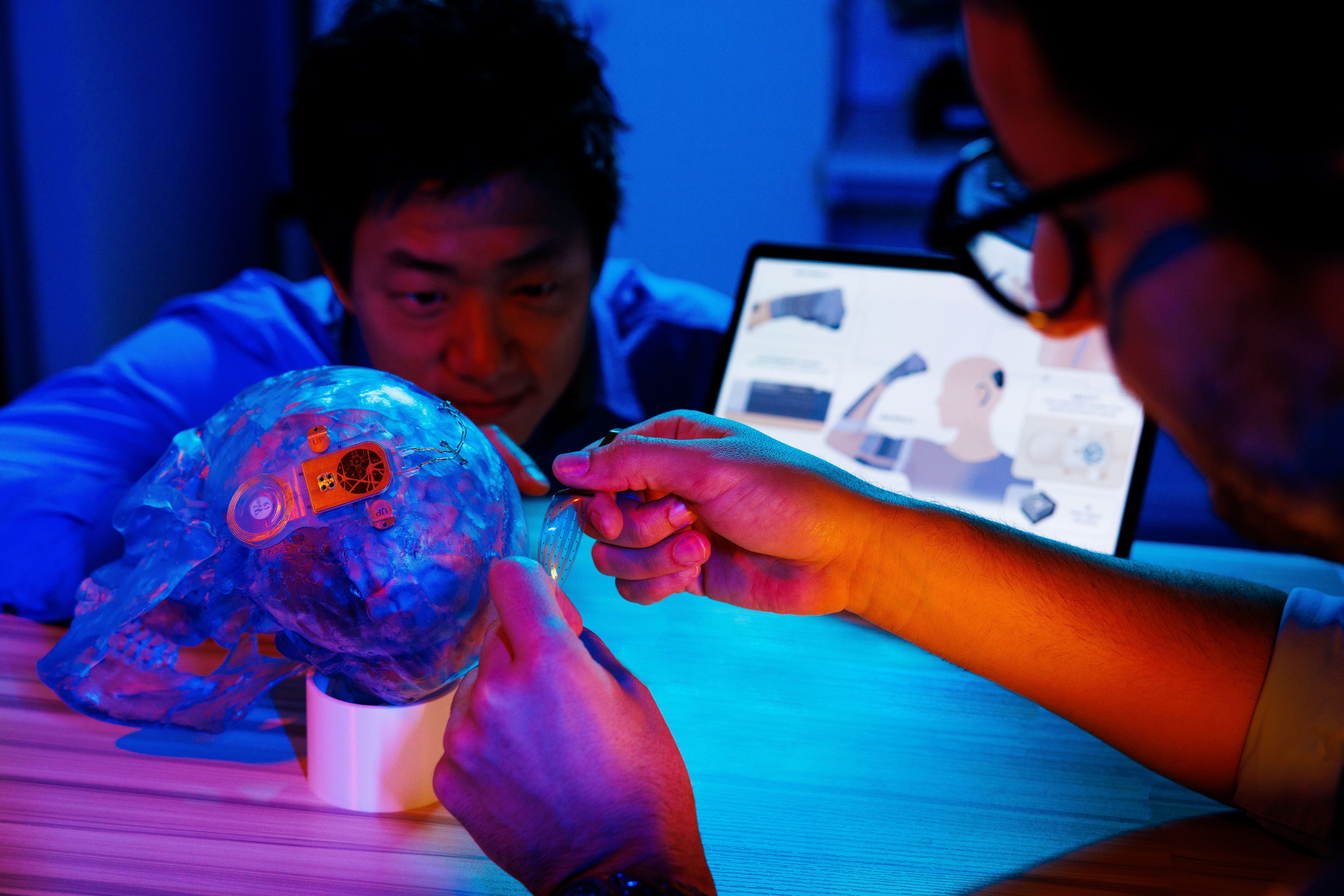19.03.2018
Wyss Center microscope reveals brain circuit reorganisation that could help solve paralysis
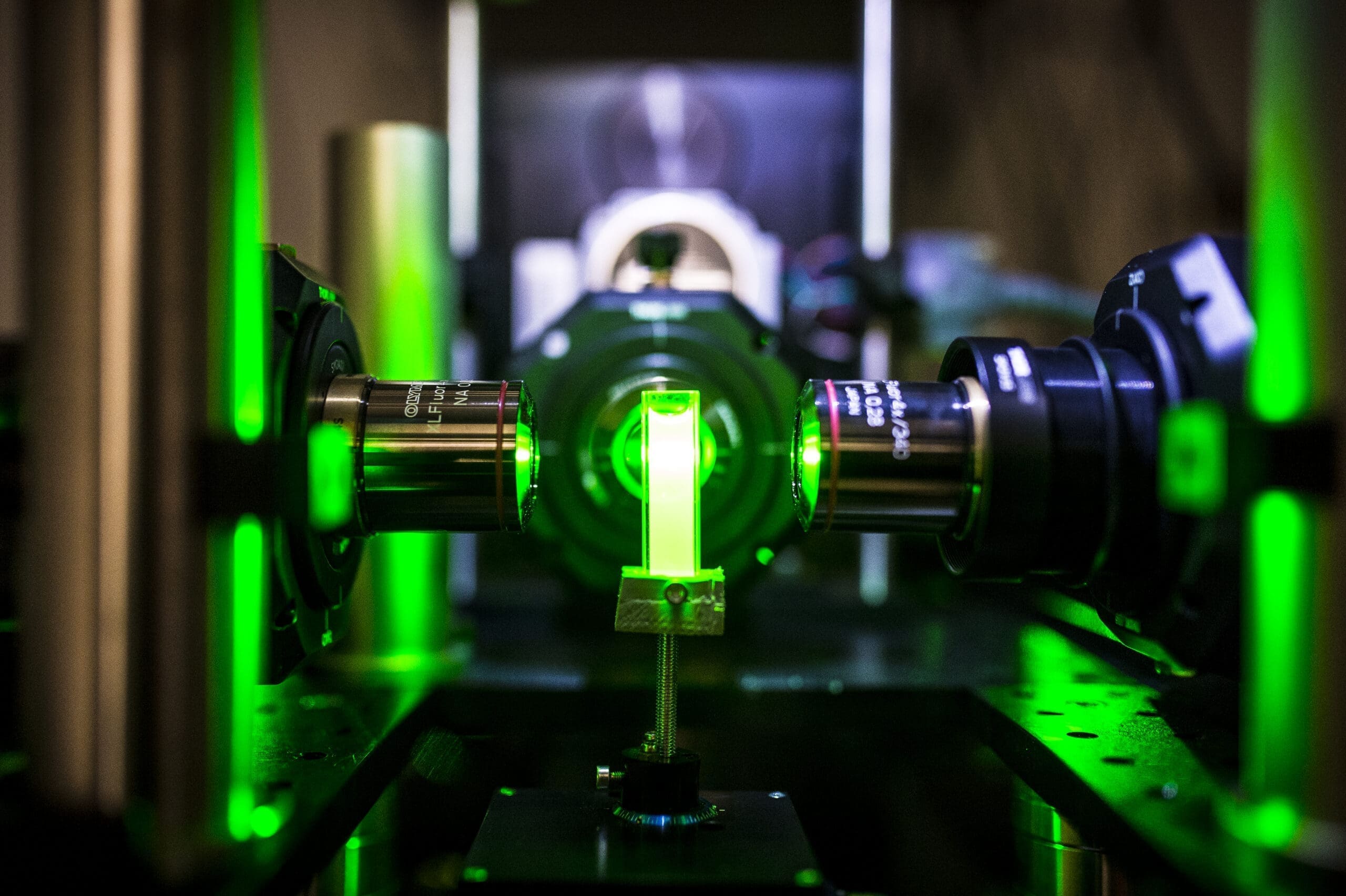
High resolution imaging reveals neuronal reorganisation
High resolution imaging has revealed neuronal reorganisation that enables rats to walk again after therapy. The detailed 3D images were captured using the Wyss Center’s custom-built lightsheet microscope. Publication of the paper coincides with the two-day Wyss Center lightsheet microscopy workshop held at Campus Biotech in Geneva.
Lightsheet imaging, along with optogenetics and chemogenetics, helped the researchers from EPFL identify a region of the brainstem, the reticular formation, as a crucial structure on the path to recovery. The results of the collaborative study were published in Nature Neuroscience on March 19 2018 and included authors from EPFL, the Wyss Center for Bio and Neuroengineering and the Pavlov Institute of Physiology RAS.
Professor Gregoire Courtine and his team at EPFL, who led the study, have previously shown that rats with partial spinal injury could climb stairs and swim following neuroprosthetic rehabilitation therapy. The results of the new study show that this therapy triggers the growth of new connections from the motor cortex into the brainstem and from the brainstem to the spinal cord.
Grégoire Courtine said: “The brain develops new anatomical connections through regions of the nervous system that are still intact after injury. The brain essentially rewires circuits from the cerebral cortex, brainstem and spinal cord – an extensive rewiring that we exposed to unprecedented detail using next-generation whole brain-spinal cord microscopy.”
Lead author on the study, Léonie Asboth from EPFL said: “The recovery is not spontaneous. You need to engage the animals in an intense rehabilitation therapy for the rewiring to take place. In our case, this therapy involves electrochemical stimulation of the spinal cord and active physiotherapy in a smart assistive harness.”
It remains to be seen if neuroprosthetic rehabilitation in people leads to an analogous rewiring of the brain, brainstem and spinal cord. Courtine is optimistic, “We previously showed that plasticity, the remarkable ability of the nervous system to grow new connections after spinal cord injury, is even more robust in humans than in rodents. We are currently testing our therapy in people with spinal cord injury at the Lausanne university hospital (CHUV).”
The lightsheet microscope visualization of neural tracts was carried out by rendering the entire central nervous system transparent. When imaged, only the neural tracts that expressed a fluorescent protein were visible. By passing a sheet of light throughout the intact brain and spinal cord, the scientists obtained previously unseen 3D images that showed the organisation of neural tracts in healthy animals and how the therapy reorganised these pathways. The injured neurons do not regrow spontaneously, but a reorganisation of the neural branching occurs above the injury leading to new connections.
Cortico–reticulo–spinal circuit reorganization enables functional recovery after severe spinal cord contusion by Leonie Asboth, Lucia Friedli, Janine Beauparlant, Cristina Martinez-Gonzalez, Selin Anil, Elodie Rey, Laetitia Baud, Galyna Pidpruzhnykova, Mark A. Anderson, Polina Shkorbatova, Laura Batti, Stephane Pagès, Julie Kreider, Bernard L. Schneider, Quentin Barraud and Gregoire Courtine is published in Nature Neuroscience.
DOI: 10.1038/s41593-018-0093-5
